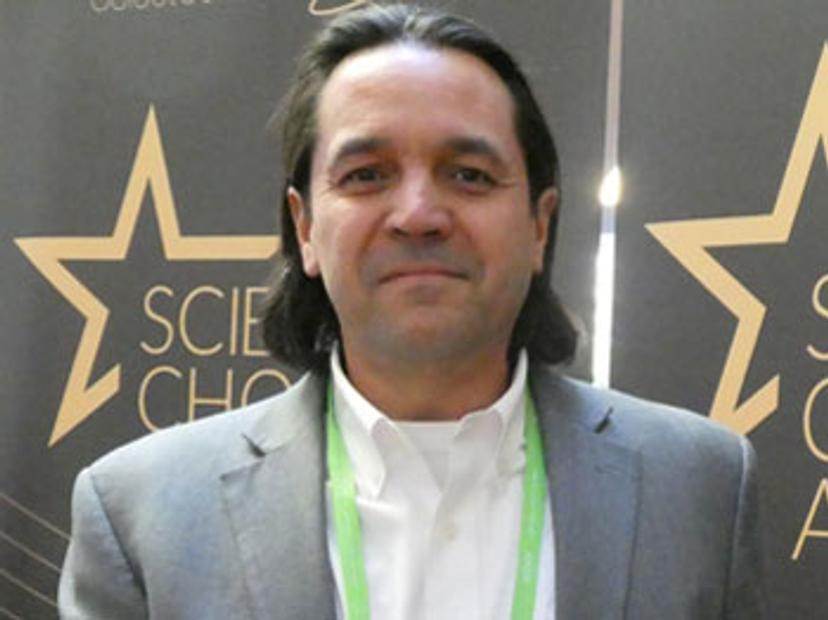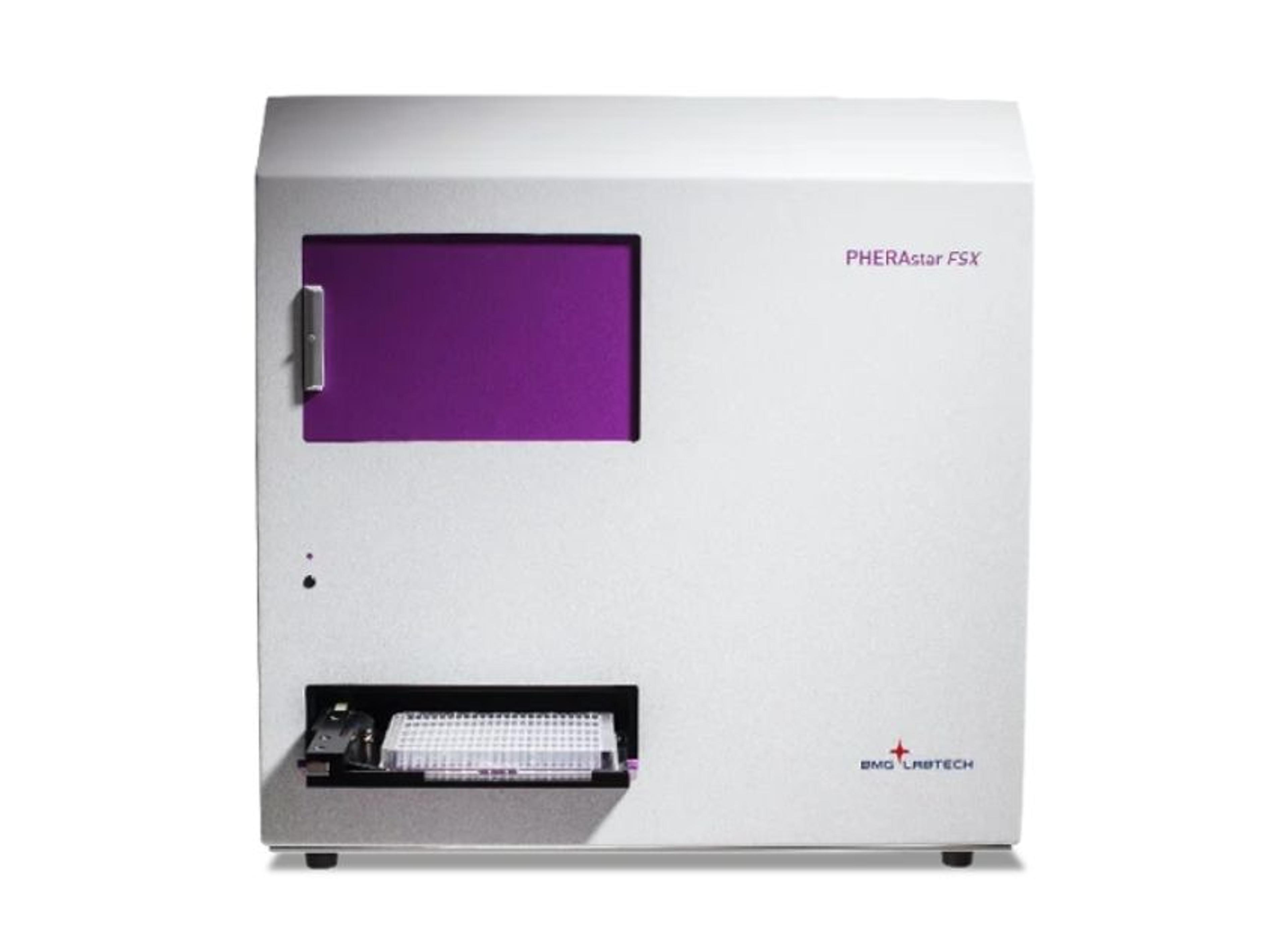Meet the troubleshooting microplate expert helping scientists excel
As BMG LABTECH marks its 30th anniversary, we speak with senior applications scientist Dr. Carl Peters to hear the story behind the success
17 Feb 2020
In 2020, BMG LABTECH celebrates 30 years at the forefront of microplate reader design and production. The company puts its achievements down to the people behind the technology — people like senior applications scientist Dr. Carl Peters, who acts as a troubleshooter for U.S. customers, helping them to get the best possible data, offering tips and tricks and introducing interesting new applications that could help their research. In this SelectScience interview, Peters shares some of the secrets to BMG LABTECH’s success, particularly its focus on connecting with scientists, understanding their needs and providing them with outstanding technical support and guidance. Peters also discusses challenges faced in the lab and takes a look at what the future holds

SS: Tell us about your role at BMG LABTECH and how you came to work here
CP: My official title is senior applications scientist. This means different things to different BMG LABTECH daughter companies, so in the U.S., it encompasses a number of different roles that support our sales team and our customers. I find ways to highlight state-of-the-art research that uses BMG LABTECH’s microplate readers that can be shared by blog posts, webinars and other means including during demonstrations of our readers to prospective clients.
I maintain good relationships with leading scientists at the major reagent companies to ensure that our customers are aware of any new approaches that will benefit their research. I also provide technical support and advice to assist in all phases of a planned experiment using one of our microplate readers and I provide training for our users with videos, remotes sessions, as well as in person when I visit a customer site.
I had heard of BMG LABTECH as I had two friends that worked for the company but was quite happy in academia. When a position came open, they suggested that I should apply and as I read more about it, I realized that the role encompassed much of what I loved: teaching and thinking of new ways to communicate ideas to reach an audience.
SS: What do you most enjoy about your role?
CP: I really enjoy the wide variety of applications for which our readers can be used. This means that nearly every type of biological scientific endeavor could be assisted by our technology. I really have to push myself to attain a suitable level of understanding in a new field so that I can better understand the needs and wants of our diverse users. It is challenging but exciting and I learn a lot every day which is really enjoyable for me.
SS: What are the biggest challenges for your customers?
CP: There are a lot of choices available to address most every pursuit. Choosing wisely is difficult and you have to balance the financial cost, ability of your team, and tools to which you have access. I hope that I have been able to use what I know and have learned to help guide our customers and prospective clients in navigating these choices.
SS: What makes BMG LABTECH and its microplate readers stand out from the competition?
CP: I think that BMG LABTECH’s commitment to excellence sets us apart. We have an outstanding group of engineers that work very hard to make sure that when a new reader or update to a reader or software update becomes available it really stands apart from the competition. As our slogan says, we are “The Microplate Reader Company”. This means our focus can be fully and completely on making the best possible microplate readers and enhance them with great software and data analysis packages.
SS: How do you help customers get the best possible data from their microplate readers?
CP: For me, helping our customers starts with identifying their needs. Each person has a different level of understanding of the technology they are using so it is first and foremost important for me to listen and hopefully ask them the right questions to see where they need help. Sometimes this leads them to try a different type of assay that will help performance but often they just need some suggestions on how they can change their protocol. Fortunately, BMG LABTECH has been responsive to user requests over the years and added better well-scanning for cell-based assays and, more recently, the Enhanced Dynamic Range on our CLARIOstar Plus. Of course, we have multiple different reader types both currently produced and still in service, so knowing what all of our readers are capable of is important too. In the end, I hope that I not only help them with their current issue but also provide them with tools to solve future problems on their own.
SS: What is the importance of this type of service for researchers?
CP: For those that need this type of assistance, it is essential to ensure that they are making progress in their research. Their time is important, and they have many responsibilities besides running a microplate reader to which they need to attend. By helping them to overcome a temporary stumbling block we free them to achieve their scientific goals.
SS: What do you see for BMG LABTECH in the future?
CP: I think that this is a really exciting time for BMG LABTECH! We find that once our users have experienced the commitment to quality that goes into our readers and service after the sale, they are our strongest advocates. So, we have more and more requests from potential customers wanting to see us in action. In the PHERAstar FSX we have a reader that has been truly embraced by the high-throughput screening community. Of course, is not a company that rests on its laurels so you can look for additional updates, including software updates. The CLARIOstar Plus has provided even further flexibility and utility and it has been exciting for me to see all the novel applications for which it can be used. Still, there is untapped potential here as people become familiar with the Atmospheric Control Unit, Enhanced Dynamic Range, and extended wavelength PMT for red fluorophores. So, with advances in existing readers and development of new reader platforms in the works, I think that BMG LABTECH will become more solidly entrenched as “The Microplate Reader Company”. I am really excited to be a part of the start of the next 30 years.
Hear more from the microplate experts:
• Are you getting the most out of your microplate reader? – Dr. John Abbenante
About the interviewee:
Dr. Carl Peters obtained a Ph.D. in cell and molecular biology from Northwestern University while studying protein Kinase C signaling. He also has a B.S. in biology from Hastings College. Prior to BMG LABTECH, he was an adjunct professor of biology at Roosevelt University and subsequently a clinical assistant professor in the School of Molecular Biosciences at Washington State University.


